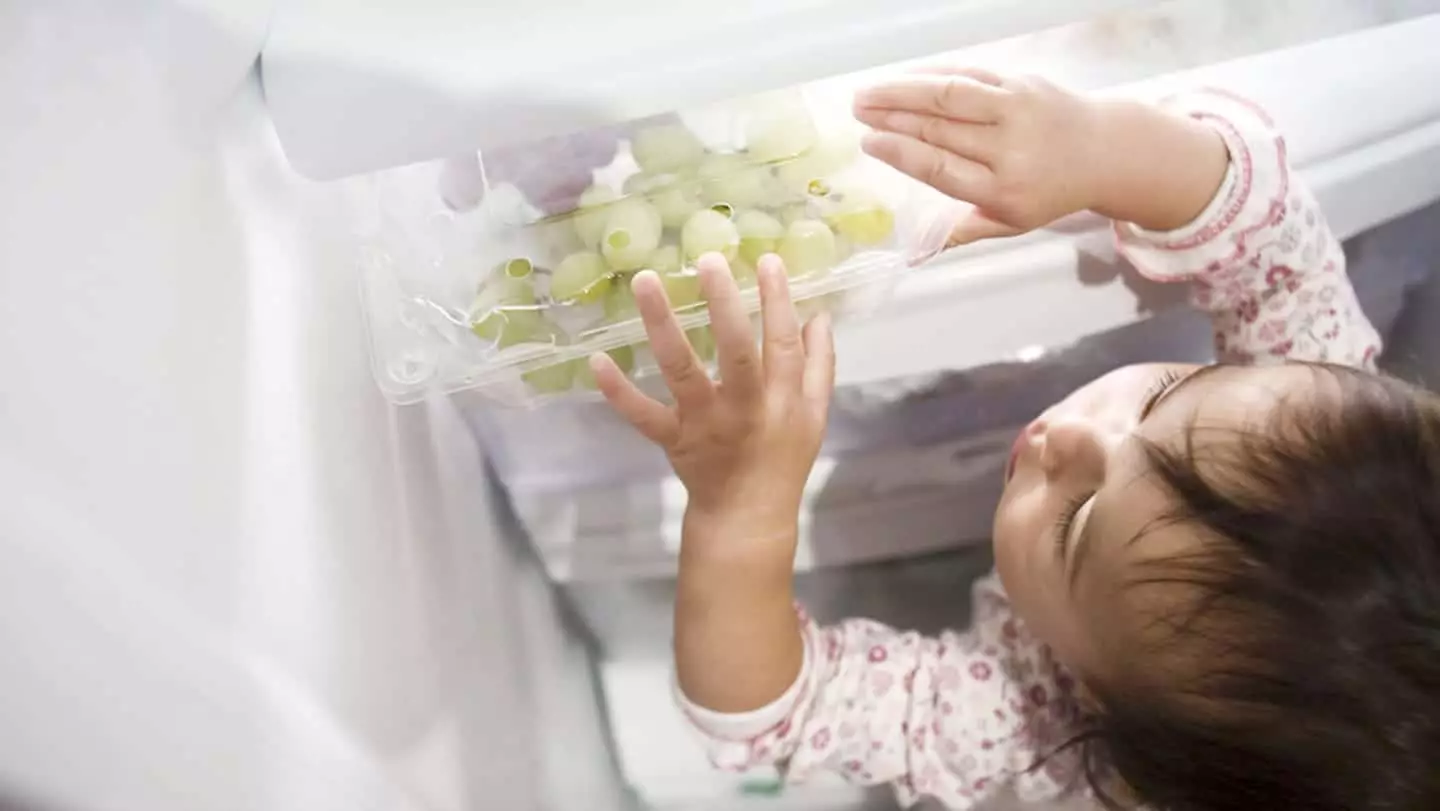Feeding toddlers can often feel like walking a tightrope; nutrition is essential, but parental anxiety around choking hazards can be overwhelming. As a parent, it is vital to strive for a balance between encouraging a healthy diet and ensuring that mealtimes are safe and enjoyable. This article delves into common choking hazards, offers tips for safe feeding practices, and emphasizes the importance of parental supervision.
Toddlers are often notoriously picky eaters, leading many parents to worry about whether their children are consuming a balanced diet. However, it’s crucial to approach this stage in a relaxed manner while still staying informed about the types of foods that can pose risks. Encouraging exploration can be beneficial; allowing young children to try new flavors and textures fosters a positive relationship with food. One effective method for achieving this is baby-led weaning, which allows toddlers to feed themselves, making mealtime a more engaging experience. Nevertheless, it is imperative to recognize that some foods pose greater choking hazards and deserve careful management.
Choking hazards can vary widely, and parents must be vigilant about which foods are appropriate for young children. Foods such as whole grapes, popcorn, and hard candies should be clearly avoided for children under the age of four. These items are often round or angular, making them particularly dangerous, as they can easily block airways if not chewed properly. When introducing such foods, it is essential to reconsider their shape and size; for instance, slicing grapes lengthwise reduces their choking risk substantially. As the saying goes, “better safe than sorry,” and parents should always err on the side of caution.
Certain textures can be more challenging for toddlers to navigate, and this is highly individual. Items like nuts, which can have sharp edges and require significant chewing, should typically be avoided. Instead, parents can opt for nut butters spread thinly on bread, ensuring that toddlers can enjoy the flavor without the risk of choking. Additionally, raw vegetables such as carrot sticks or apple slices can be difficult for little ones to chew. A simple solution is to introduce alternatives that are softer and more manageable, like steamed vegetables or finely shredded fruits.
To create a safer eating environment for toddlers, consider the following tips:
1. Preparation is Key: Always cut foods into manageable pieces. The CDC guidelines suggest cutting them to no larger than 1/2 inch. This simple step can significantly minimize choking risks.
2. Stay Attentive: It is crucial to supervise toddlers during mealtime. This way, parents can not only encourage good eating habits but are also ready to assist should difficulties arise.
3. Pacing is Important: Young children often rush through meals, leading to inadequate chewing. Presenting smaller amounts of food can teach toddlers to pace themselves, making it easier for them to chew and swallow without fear.
4. Cooked vs. Raw: For some foods, cooking can make a world of difference. Steaming or lightly cooking harder vegetables can soften textures, allowing for easier consumption.
5. Referencing Their Chewing Abilities: Each child has different chewing capabilities. It is essential for parents to consider their child’s experience and comfort with certain foods, adjusting meals accordingly.
Creating habits that promote safe eating practices is integral to reducing the risk of choking. Establishing consistent mealtime routines, encouraging children to sit while eating, and fostering an atmosphere where they can eat slowly are essential components. Additionally, parents can model proper chewing techniques and offer safer alternatives to snacks that traditionally pose a choking risk.
Feeding toddlers does not have to be a source of stress, but being informed and cautious can make all the difference. While it’s important to encourage a diverse array of foods, parents should always remain vigilant regarding choking hazards. With careful preparation, appropriate supervision, and an understanding of safer alternatives, snacks can be a delight rather than a concern. By following these strategies, parents can foster positive eating experiences that are both nutritious and safe for their little ones. Remember, the goal is to encourage a love for food while maintaining health and safety at the forefront!

